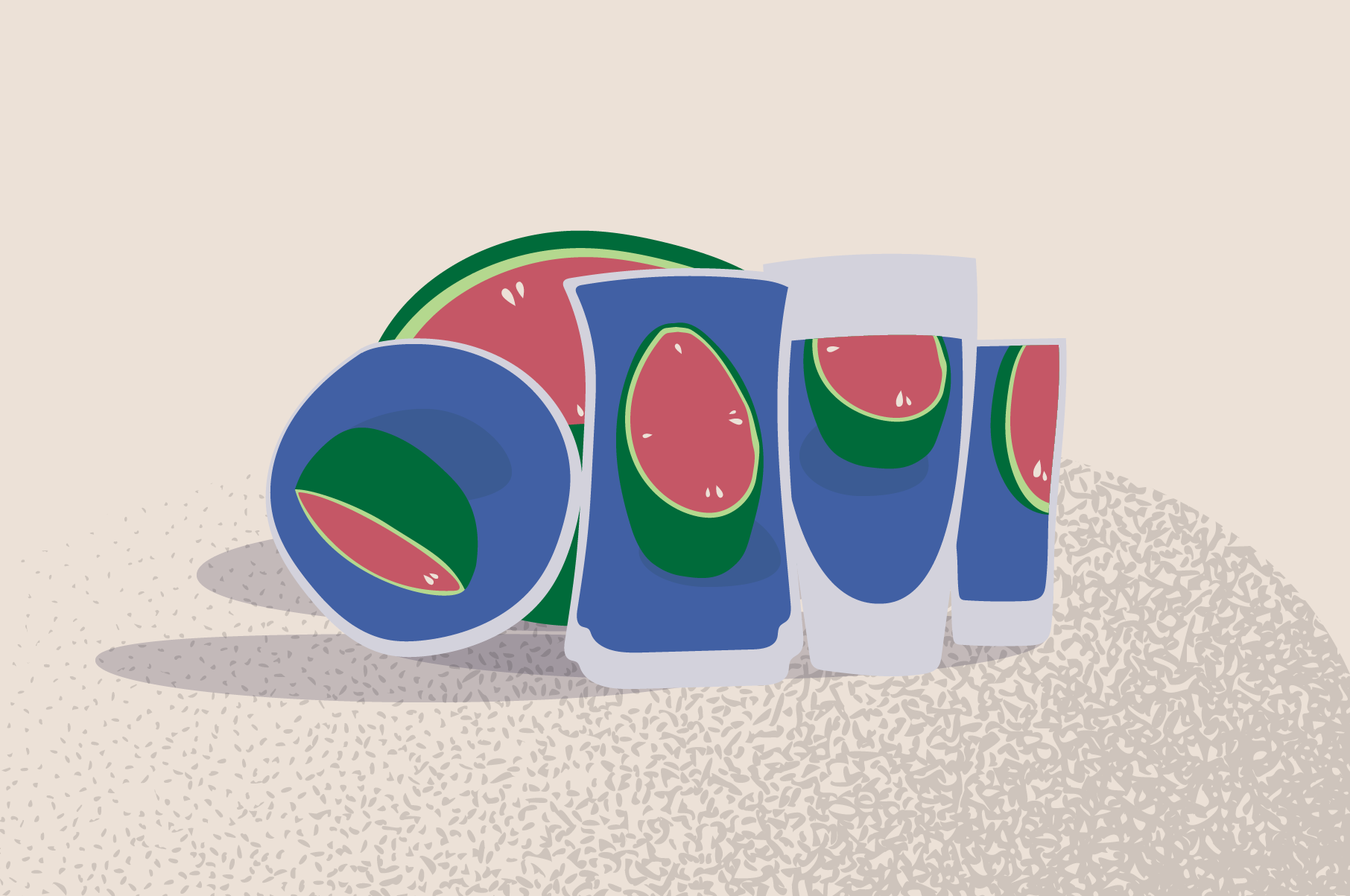7 Incontinence Myths You Shouldn’t Believe

by Team Thinx for All Leaks
There are many topics our culture still tells us are too taboo to speak about, and pelvic floor health, incontinence, and bladder leaks are no exception. But when we aren’t speaking openly about common health issues (yes, bladder leaks are pretty common), a lot of misinformation can start to circulate. All of us deserve accurate, researched, and accessible information so we can make informed decisions about our health. In that spirit, we’re debunking 7 of the most common incontinence myths, and getting to the root of what we *really* need to know about our bodies:
Kegels solve it all.
Depending on what “it” is, Kegels might be the solution you need, but they’re not a guaranteed fix. Some people experience leaks because their pelvic floor muscles are too tense and, since Kegel exercises are all about tightening, they might actually do more harm than good. Every body is different, so every solution for leaking will look a little different, too.
Bladder leaks only happen to people of a certain age.
Your chances of leaking *do* increase with age, but that's because of natural hormone fluctuations during perimenopause and menopause. Bladder leaks happen to people of all ages, for all kinds of reasons: neurological disorders, chemotherapy, interstitial cystitis, pelvic floor injuries from childbirth, and more. Age is a factor, but it’s one of many.
You'll definitely leak if you have kids!
Pregnancy and childbirth can increase your chances of leaking (imagine all the added pressure of a growing uterus on the bladder) but procreating doesn’t automatically mean you’ll leak. People who've never experienced childbirth can be just as susceptible and, like most health conditions, your leak-likelihood depends on hereditary factors, lifestyle choices, and everyday habits.
People who are fit and athletic never experience leakage.
Many high-impact sports can cause damage to your pelvic floor. Without properly training the pelvic floor, runners, gymnasts, and weightlifters often unknowingly strain those muscles, which triggers leaks. One study has even shown that more than a quarter of high school and college athletes experience leaks.
Some of us just have small bladders.
Bladders *do* range in size from 16 to 24 ounces, but even if yours is on the small side, it’s not the reason you have to go often. Learned habits (like peeing "just in case" before leaving the house, or going as soon as you get to the office in the morning) can train your brain to tell your bladder it’s full when it actually isn’t.
Straining sometimes is normal.
It’s not! You’re definitely not alone if you find yourself pushing to make sure you can pee, but your body is built to release urine without any extra effort. Straining while peeing or pooping puts your pelvic floor at risk for overactivity and side effects like prolapse. If you’re straining regularly, it’s time to talk to your primary care doctor and/or reach out to a pelvic floor physical therapist.
Drinking less means you’ll leak less.
Drinking less water actually makes the urine in your bladder more acidic, which can irritate the bladder lining and lead to spasms and false urges. In reality, a hydrated bladder is a happy one! The only liquids worth restricting are known potential leak triggers, like carbonated drinks, alcohol, and caffeine.
What myths have you been told about your body? Where do you look for accurate, trustworthy health information? Share in our comments section.
Posted: July 31, 2019
Related Articles
one new subscriber wins a free pair of Thinx every day! see rules


